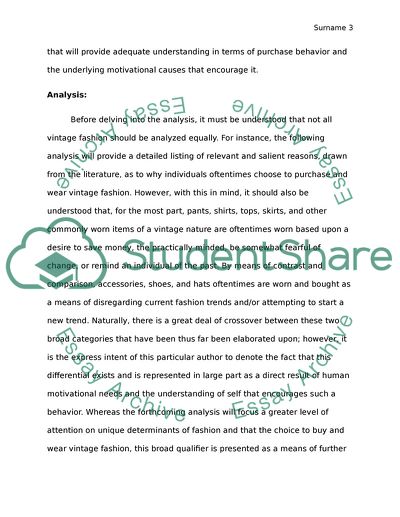Cite this document
(Who Buys Vintage Fashion and Why: An Analysis of Human Motivation, Term Paper, n.d.)
Who Buys Vintage Fashion and Why: An Analysis of Human Motivation, Term Paper. Retrieved from https://studentshare.org/marketing/1847264-who-buys-vintage-fashion-and-why-do-they-buy-it
Who Buys Vintage Fashion and Why: An Analysis of Human Motivation, Term Paper. Retrieved from https://studentshare.org/marketing/1847264-who-buys-vintage-fashion-and-why-do-they-buy-it
(Who Buys Vintage Fashion and Why: An Analysis of Human Motivation, Term Paper)
Who Buys Vintage Fashion and Why: An Analysis of Human Motivation, Term Paper. https://studentshare.org/marketing/1847264-who-buys-vintage-fashion-and-why-do-they-buy-it.
Who Buys Vintage Fashion and Why: An Analysis of Human Motivation, Term Paper. https://studentshare.org/marketing/1847264-who-buys-vintage-fashion-and-why-do-they-buy-it.
“Who Buys Vintage Fashion and Why: An Analysis of Human Motivation, Term Paper”, n.d. https://studentshare.org/marketing/1847264-who-buys-vintage-fashion-and-why-do-they-buy-it.


